
Cricket Farming: A New Dimension Towards Food Security
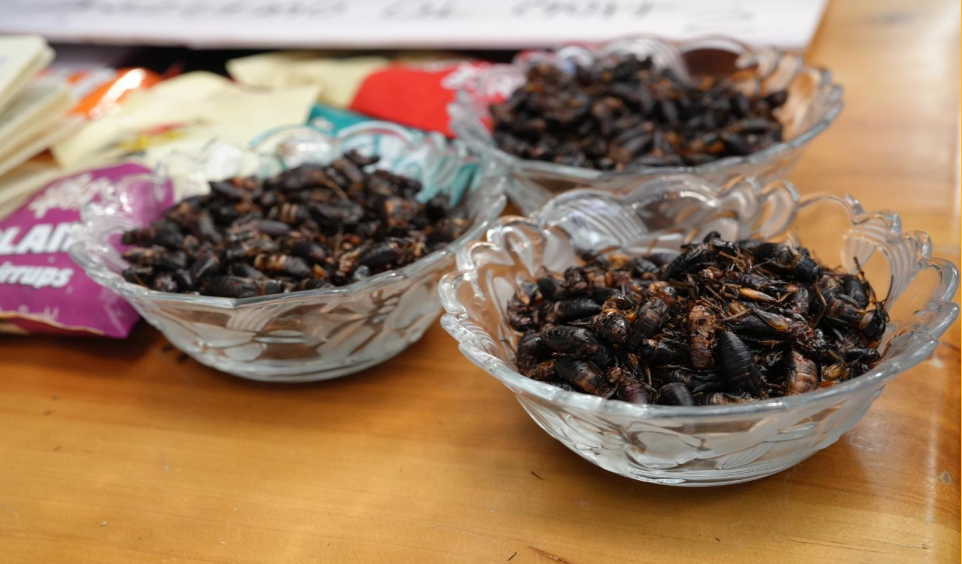
Assorted flavors of cricket “snacks” Photo by Jonah
By Priscilla Njambi
Their chirping is blatantly irritating, and they have undoubtedly repellent looks. Crickets however have become a valuable source of both income and nutrition in Kenya. Cricket rearing is a venture that carries the potential to become the new agri-business goldmine if practiced skillfully.
Winnie Awara, popularly referred to as the “Bug lady” has majored in Insectology, the study of the relationship between insects and humans, and hence the study of insects as agricultural pests, as producers of silk.
the Bug Lady knows these creatures’ nutritional and economical value. She says public awareness and knowledge about insects’ benefits are lacking among the people.
“Insects should be viewed as assets, not a nuisance,” Awara says.
“The moment people have an understanding about crickets’ nutritional value, there’ll be a great paradigm shift and people will benefit remarkably,” She explains.
This art of insect rearing for commercial purposes originated in the Netherlands but has now spread to different parts of the world, including Kenya. With the challenge of Climate Change which has resulted in unpredictable weather patterns, farmers are no longer able to predict rainfall patterns and as a result, the productivity of traditional crops has gone down considerably.
However, cricket farming is independent of Climate Change. This is so because crickets can be reared throughout the year irrespective of harsh weather and thus their profitability is sustained.
Crickets are black/brown insects that belong to the class Insecta, order Orthoptera, and genus Acheta. They are rich in protein, zinc, iron, and vitamin B12 thus good for human consumption and animal feeds, especially poultry.
They are also rich sources of fats, especially polyunsaturated fatty acids which have many health benefits. These nutrients are essential in children’s growth and development. Unlike conventional sources of protein such as fish and pigs, crickets have a higher feed conversion ratio, converting most of their feed into an edible portion of protein.
Crickets’ high protein content is thus a solution against Protein-Energy-Malnutrition (PEM), a condition evident in children suffering from kwashiorkor and marasmus. Such children appear wasted and stunted.
In fact, some malnourished children in one refugee camp in northern Kenya showed exceptional progress after two weeks of feeding on porridge made from cricket flour.
Crickets can be used directly as food or ground into flour to fortify other foods. The flour is used as an ingredient to make products such as biscuits, cakes, and porridge. Due to their high nutritional value, cricket-based baked products attract high profits.
Awara processes crunchy crickets in various flavors. Ranging from salted, barbequed, vinegar, and chili-flavored crickets, the cricket specialist presents well-packaged end products in attractive packets. She has also bagged various awards, courtesy of her passion for creating awareness about insects.
“Insects are like nuts, they have both alternative protein and oil that can be used for cooking. It’s also amazing how readily available crickets are in our environment. People are “sleeping” on money!” she exclaims.
Production cost for crickets is comparatively low because crickets require a small size of land. A space of four by three square meters can lodge 100 crates of crickets. They also feed on cheap materials which are readily available and require a small amount of water for growth.
To harvest Crickets, the mature crickets are emptied into boiling water for about 5 minutes, blanching. Prior to their harvesting, crickets are starved for two days to allow natural cleansing of their digestive system.
They are then cooled in cold water before being dried in a solar drier to a moisture content of below five percent. This reduces the growth of bacteria and molds, making them have an extended shelf-life and safe for human consumption.
Once the crickets are dried, they can be ground or milled into flour which is used to bake cookies and muffins. People are increasingly adopting and embracing cricket products.
“The demand for crickets and cricket products is gradually increasing,” Awara adds.
Milled crickets are highly nutritious and best for weaning children. Plans are at an advanced stage to brand the products and packaged them all the way to supermarket shelves.
“This is a very profitable venture which requires little starting capital and a good business opportunity that is yet to be explored. Farmers willing to start up can buy cricket eggs that are sold in plates that go for Sh500 or 50 USD each. They take little time to hatch and mature,” the researcher acknowledges.
Despite their high investment returns and high nutritional benefits, many communities have not embraced entomophagy, the act of insect-eating. They view insect consumption with disgust and as a primitive practice.
In fact, the Bug Lady admits that while marketing her products, people insist she takes the first bite before they accept the delicacy. In some communities, cricket rearing sounds like practicing witchcraft. There is therefore the need to create more awareness of the health and economic benefits of edible insects.
Cricket farmers in Kenya are currently making profits of 1500 USD, about 150,000 Kenya shillings within three months.

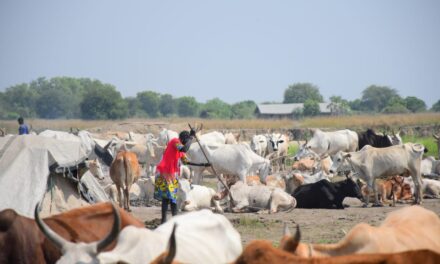




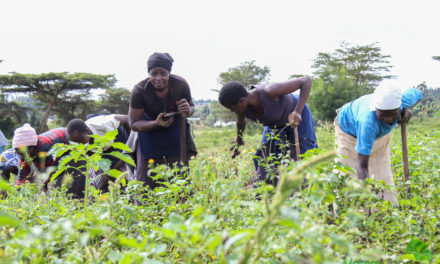



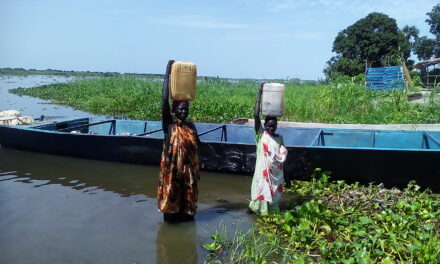
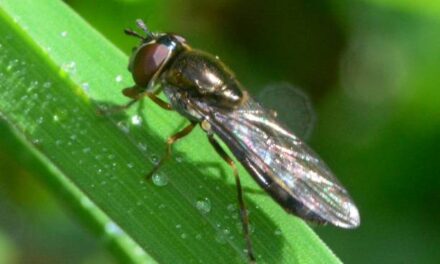



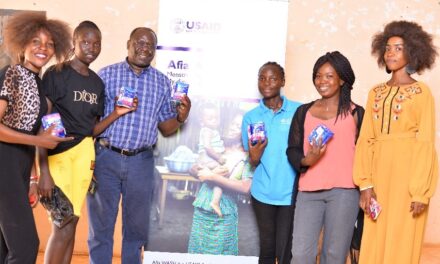




Recent Comments